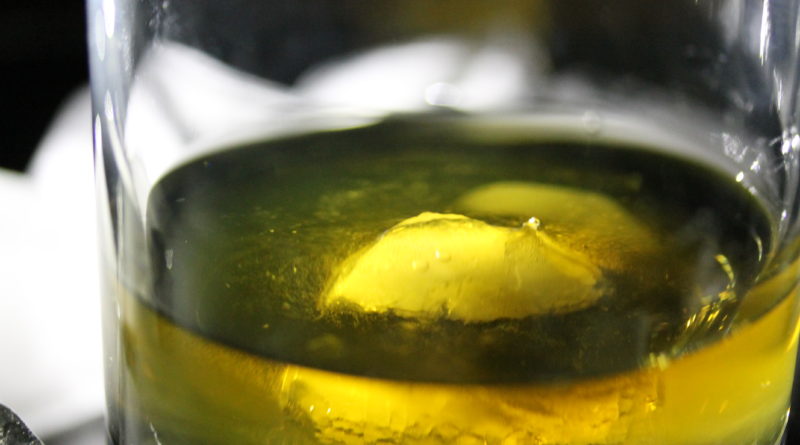The Basics of Scotch Whisky
Starting out, scotch can be an overwhelming undertaking. The regions, styles and slight flavour differences means there is a lot to know for those who choose to build a knowledge base on the topic of scotch whisky. Where else is there to start but the beginning? This article is meant as a brief overview of the key characteristics of scotch and a jumping off point for those about to embark on a knowledge quest on the topic.
All scotch is whisky, but not all whisky is scotch. Whisky is defined as any spirit distilled from grain and generally matured in wooden casks for a varying time period. Scotch is a sub category of whisky that is required to be produced in Scotland and historically utilized barley as its grain; but those rules have relaxed over the last hundred and fifty years or so. As mentioned above scotch is geographically restricted, requiring all scotches to be produced in Scotland. There are in addition further geographic breakdowns meant more as a guide than a rule.
The sub divisions of Scotch whisky within the borders of Scotland speak more to the historic preferences of the regions than anything else. One of the major divisions is highland scotch and lowland scotch. Simply put highland scotch generally offers a heavier smoky flavour whereas lowland scotch may be completely devoid of any peated whisky: although rules can be broken from time to time.
A key division, and the last point of information for anyone starting into scotch, is that of blended vs. single malt scotches. Single malts are much more prized than their blended counterparts as the time, energy and effort that is required to produce a single malt is much more involved than with that of blends. Single malts involve the actual production of Scotch whisky whereas blends have developed a method of mixing a variety of single malt scotches and grain alcohols along with maturing practices to produce what they see as a superior product.
The evolution of any product is moving towards a superior product, but what makes a superior product is always in the eye of the beholder. A blend or single malt, a strong smoke flavour or sweet, even a mellowed, aged smooth whisky compared to a more affordable glass that may be a little rougher around the edges. Scotch has something for everyone; enjoy finding your corner of the country.


Pingback:The Scotch Daisy
Pingback:A Look at the Reasons for and History of the Cask. -